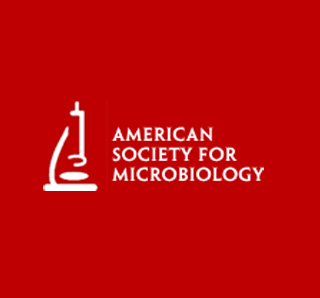
While conducting the research, investigators compared whole-genome microarray to associate genotypic biomarkers among 15 B. longum strains. These strains possibly demonstrate various HMO utilization patterns. 5 unique gene clusters on B. longum appeared across all strains capable of growth on HMOs and have also diverged in strains incapable of growing on HMOs. Experts presume that B. longum has at least 2 distinct subspecies termed as B. longum subsp. infantis. These subspecies supposedly employed for using milk carbon are usually in the digestive tract of children.
On the other hand, B. longum subsp. longum seems to be specialized for plant-derived carbon metabolism and related with the adult digestive tract. Early gut colonization may be dependent on a multitude of dietary and non-dietary factors. Complex oligosaccharides are apparently delivered through milk for creating a novel nutrient niche for the establishment and colonization of B. longum subsp. infantis strains. When weaning, a gradual transitioning from milk-based to plant-based diets seemingly produce a shift in carbon availability within the gastrintestinal tract. This shift is apparently favorable for the expansion and formation of an adult-like gastointestinal tract microbiota.
The research is published in the November 2010 issue of the journal Applied and Environmental Microbiology.
